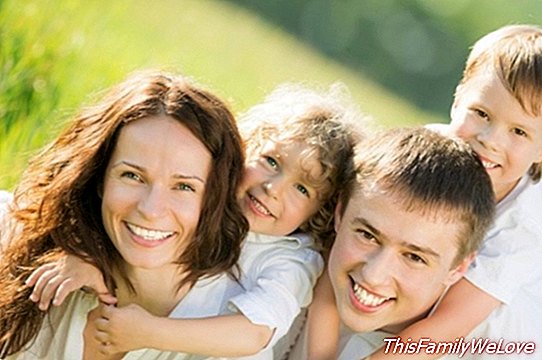In Spain, 20,000 fewer people are born than those who die

Spain is aging slowly. According to provisional data from the National Institute of Statistics INE, in the first semester of 2015 there were just over 206,000 births and up to a total of 225,000 deaths. These data are surprising by themselves but if we compare them with those of last year, we see that, in addition, the birth rate has fallen by 0.8 percent.
Approximately 20,000 fewer people are born than those who die and there have been more deaths than last year. Everything is going down, so if these data that the INE presents are confirmed we will be living a situation very similar to that of 2008.
The balance between births and deaths
The end of the year is approaching and it is time to take stock. During the first half of 2015, 10.5 percent more people died in Spain than in the first half of 2014. Within that semester we see that during the months of January and February there were many more deaths than in March, April, May and June. And if we compare the months of January and February 2015 with those of 2014, we do not realize that this year we left behind, 16.9 percent of people have died.
It is true that during the second semester of the year there are usually more births than deaths, something that is still a hopeful fact because it means that the current negative balance of vegetative growth (which is the difference between people who are born and those who die a year in relation to the total population in a specific place) can be reduced a little bit.
However, this downward trend is still present and to put a stop to it depends not only on the proposal of new legal measures but also on the echo that is given to aids to motherhood that are already provided in Spain. In 2013 we witnessed a small improvement in the birth rate, because we must remember that since 2008 the birth rate had only fallen. Already in 2014 very positive data was recorded, but it seems that now, again, we are going backwards.
On the other hand, not all data are negative. LA life expectancy is growing and Spanish families who have children, have more and more. The average number of children per woman increased in 2014 to 1.32, although in 2013 it was 1.27, and it did not grow since 2008. But the data may be even better. For this reason it is worth remembering that in Spain there are benefits that favor motherhood and that there are also aids for large families.
Aids to motherhood in Spain
The aids to motherhood that are offered in Spain are the responsibility of the Social Security, so all can be consulted on the agency's website. In addition there are other aids that vary between the different autonomous communities. In general, the former can benefit those who work for their own account or for others and enjoy a rest period for maternity, adoption and legally established foster care.
Also those parents who have been forced to be left alone in charge of the baby due to the death of the mother during childbirth or those whose parents have had a baby with a working woman who does not meet the required contribution period. Of course the cumulative and non-cumulative nature of these and other aids is something that should always be consulted and it is recommended to make an assessment before exercising the break to see which option compensates the most in each case.
Aid for large families
There are several types of large families.
- General large family: with three or four children
- Special large family: with five children or more
- Those parents who have two children being one of them disabled by 33 percent.
- Parents who have a disability of 33 percent each and have two children.
- Families with two children in which the father or mother has a disability of 65 percent.
- Families of three children under age with separated parents
- Two or more children in charge of a tutor
- Three or more orphaned brothers who depend economically on each other.
- Two orphaned children if one of them has a disability of 65 percent.
In all these cases you can receive different benefits, both at the state level and the Autonomous Community. These suppose a relief for the pocket in the following terms:
- IRPF
- Hiring of caretakers
- Education
- Living place
- Transportation
- Leisure
- Water and light bill
- Access to sports facilities




